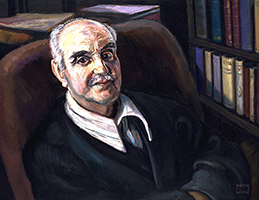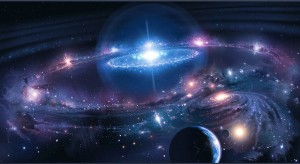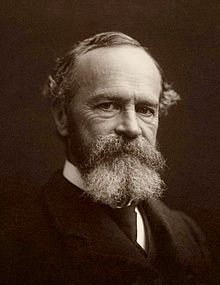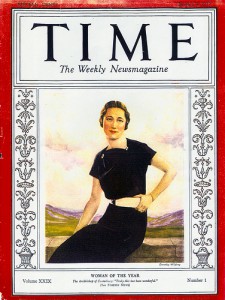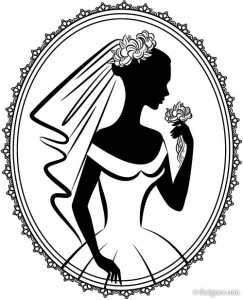 To Rosamond Thomas Bennett Sturgis
To Rosamond Thomas Bennett Sturgis
Via Santo Stefano Rotondo, 6
Rome. February 28, 1949
Your letter of a week ago brings unexpected news and it has taken me a few days to digest it. I see what a completely new and actively social life your marriage will open before you ….
More important than the setting is to have some idea of your future family circle. As to Mr. Little himself, being master of a House in Cambridge and being Secretary to the University are both positions of which I have no first-hand knowledge, but they suggest administrative and executive duties rather than teaching, and you don’t tell me what Mr. Little was before there were Houses at Harvard. Garrick and the 18th century sound like a specialty in English history or literature. And then of his four children, which are boys or men and which girls or women? That must make a great difference in the ease with which you can slip into your new position. I have some experience of this sort of problem, as my sister Susana had six step-children as well as a middle-aged husband with fixed habits. Anyhow, give him my compliments and congratulations; and I can understand how you too can feel a fresh glow of youth and excitement at the prospect of this new life. What I cannot sincerely congratulate you on is the procession of visitors and official functions which will demand your time and attention. But I am an old bear, and could never feel the charm of society where it went beyond real friendship or a real feast to the eye and to the gullet.
From The Letters of George Santayana: Book Eight, 1948-1952. Cambridge, MA: The MIT Press, 2008.
Location of manuscript: The Houghton Library, Harvard University, Cambridge MA

